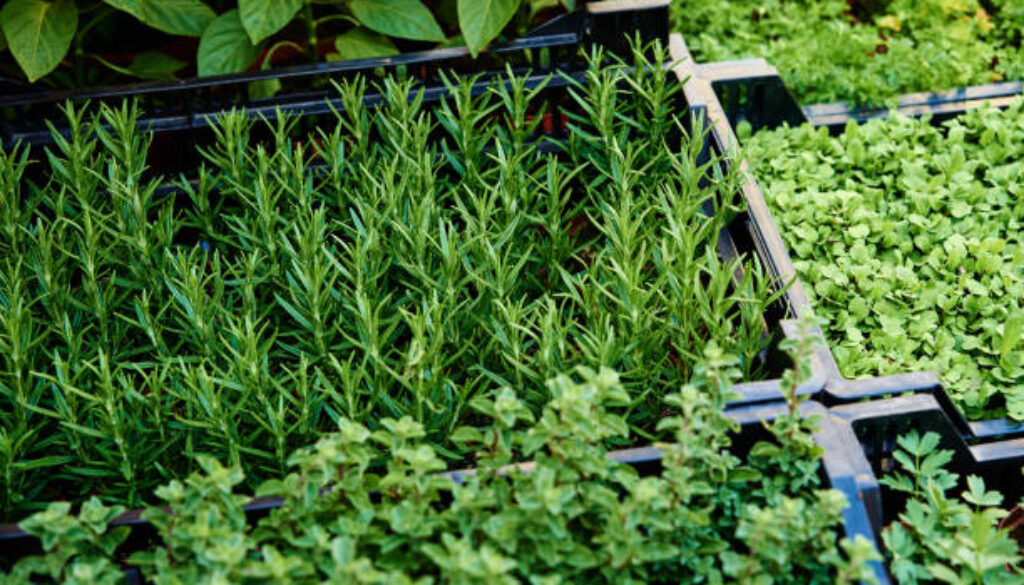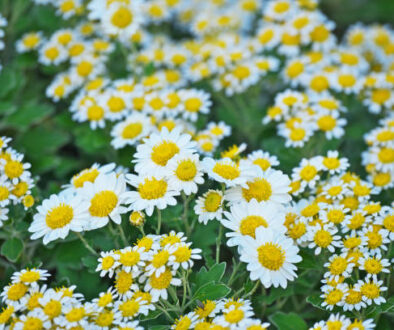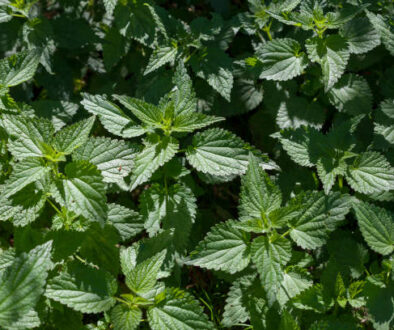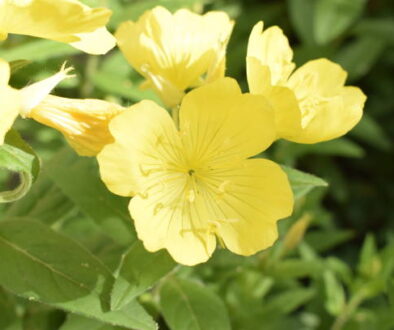How To Make a Medicinal Garden That’s Both Easy Care & Beautiful
Quick Disclaimer: This post may contain affiliate links, meaning if you purchase a product through my link, I may receive a small commission with no extra cost to you. Thanks for your support to my work! I only Recommend Products I Trust!
MoreWhether you’re drawn to a calming herbal flower garden or want a collection of powerful herbal medicine plant ideas, you’ll see just how easy it is to design a healing space you’ll love.
Related:
- The 15 Top Herbs You Need in Your Backyard (You’ll Regret Not Growing #10!)
- Top 12 Favorite Medicinal Plants You Should Grow In Your Backyard: Herbs For Medicine
- 16 Most Powerful Healing Plants for Pain Relief: Natural Healing Herbs Medicine
Choosing the Right Spot for Your Medicinal Herb Garden Design

Before you start planting, location matters more than you might think.
Most medicinal herbs love sunlight, so pick a spot that gets at least six hours of direct light daily.
If your space is small or shaded, don’t worry, many herb plants like mint, parsley, and lemon balm can still thrive in partial sun.
Make sure the soil drains well so your plants don’t sit in water and develop root rot.
Want an extra tip? Place your garden somewhere you walk past often.
That way, you’ll be reminded to water, harvest, and enjoy it.
The beauty of a medicinal garden design is that it can fit into whatever space you have, a backyard, patio, or even a few large pots on your balcony.
💡Quick Note: Learn How To Transform A Typical Money-Draining House Into A Tiny Profitable Off-The-Grid Homestead. Click Here To Get Started Now!
You can group plants by their sunlight needs or uses, which makes caring for them easier.
Plus, you’ll always have fresh leaves and flowers within arm’s reach when you need them.
Creating a Balanced Herbal Flower Garden
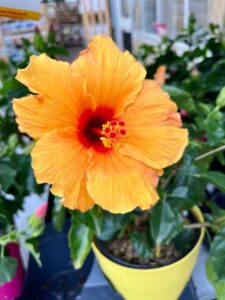
When people think of medicinal herbs, they often picture leafy greens, but adding blooms can transform your space.
Flowers like chamomile, echinacea, and calendula not only provide health benefits but also add pops of color that make your garden a joy to look at.
Who says your healing space can’t double as a visual treat?
A thoughtful herbal flower garden blends both form and function.
Arrange taller blooms toward the back and low-growing herbs in the front for easy access and a layered look.
Many medicinal flowers also attract pollinators, which keeps your garden healthy and productive.
By mixing plants with different bloom times, you can keep your garden colorful and active from spring through fall.
Planning an Easy Care Garden That Still Looks Amazing
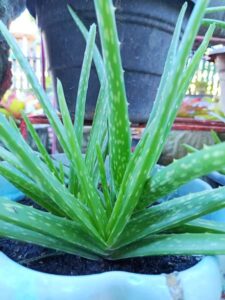
An easy care garden doesn’t mean a boring one; it just means you choose plants that work well together and don’t demand constant attention.
Lavender, rosemary, thyme, and oregano are tough plants that handle heat and occasional neglect without missing a beat.
They also provide multiple uses, from teas to cooking to natural remedies.
If you want your herb plants to thrive with minimal effort, group them by water and sunlight needs.
This way, you’re not juggling multiple care routines.
Adding mulch around the base of your plants can help retain moisture and reduce weeds, making your garden even easier to manage.
Less stress for you, more beauty for your space.
Combining Function and Beauty in Your Medicinal Herb Garden Design

A good medicinal herb garden design considers how the plants will look as well as how they’ll be used.
Think about pathways, raised beds, or decorative planters to give structure to your space.
🌼Don’t You Dare To Miss Out On This Kit! The Medicinal Garden Kit is a Must-Have for Your Garden. Click Here to Access Now!
This isn’t just for aesthetics—having defined areas can make harvesting and maintenance much easier.
You can also experiment with plant shapes, leaf textures, and colors for a more interesting look.
For example, pair the spiky leaves of rosemary with the soft mounds of thyme, or the silvery tones of sage with the bright yellow of calendula.
The result? A garden that’s as pleasing to the eye as it is to your health.
Adding Variety with Herbal Medicine Plant Ideas
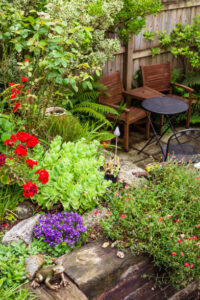
Don’t limit yourself to the usual suspects like basil and mint.
There’s a whole world of herbal medicine plant ideas to explore.
Lemon balm, holy basil, and yarrow bring unique flavors and health benefits that can make your garden feel more complete.
Each plant offers something different, whether it’s calming, energizing, or helping with digestion.
Variety also keeps your gardening herbs exciting. You’ll discover new ways to use them, from fresh teas and tinctures to homemade balms.
Plus, different plants bloom at different times, keeping your garden lively throughout the growing season.
Practical Tips for Growing and Caring for Herb Plants
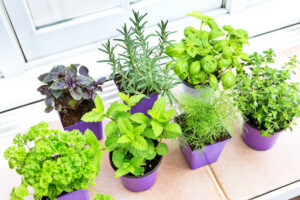
Start with healthy seedlings or seeds from a trusted source, and give your plants room to grow.
Overcrowding can lead to disease and weaker harvests.
If you’re working with containers, make sure they have drainage holes to prevent water buildup.
Regular harvesting encourages more growth, so don’t be shy about picking leaves and flowers.
Learn How To Transform A Typical Money-Draining House Into A Tiny Profitable Off-The-Grid Homestead. Click Here To Get Started Now!
Just remember to take no more than one-third of the plant at a time so it can recover.
With these simple habits, your gardening herbs will reward you with fresh, healthy growth all season long.
Conclusion
Building a medicinal herb garden design that’s both easy to care for and beautiful is all about smart choices.
By mixing herbal flower garden elements with practical herb plants, you can create a space that heals, delights, and doesn’t demand hours of upkeep.
Whether you focus on an easy care garden or get creative with herbal medicine plant ideas, the result will be a space you’ll be proud of every time you step outside.
Your garden won’t just be something you look at; it will be something you use and enjoy daily.
FAQs
Q1: Can I grow a medicinal garden in pots?
Absolutely. Many herb plants do well in containers, as long as they have enough sunlight and proper drainage.
Q2: How much time does an easy care garden take to maintain?
With the right plants, you can keep maintenance under 30 minutes a week.
Q3: What are some low-maintenance herbs for beginners?
Lavender, rosemary, oregano, and thyme are great options—they’re hardy and don’t need much water.
Q4: Can a medicinal garden be pet-friendly?
Yes, but choose non-toxic plants if pets roam your garden. Research each herb before planting to be safe.
